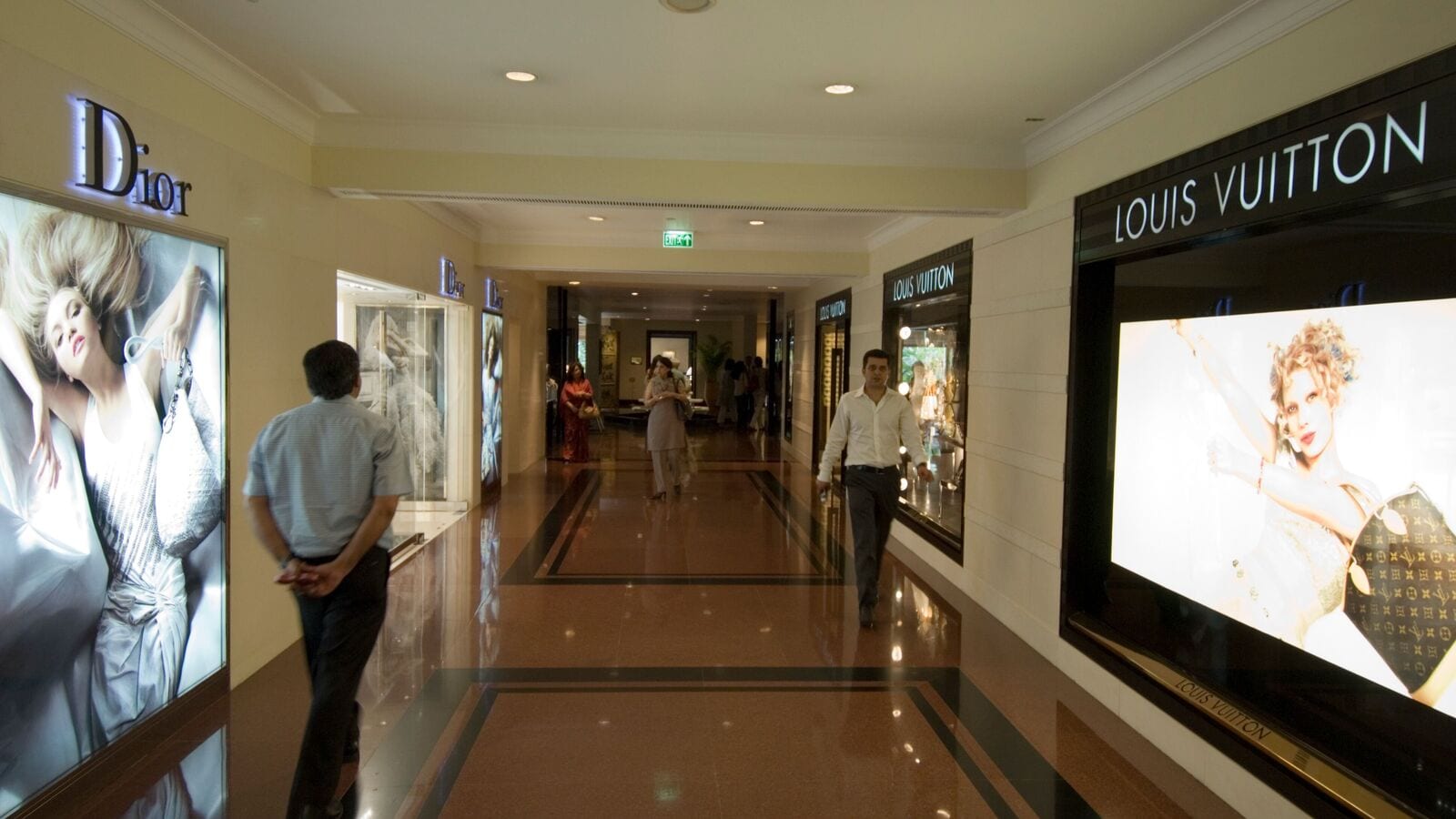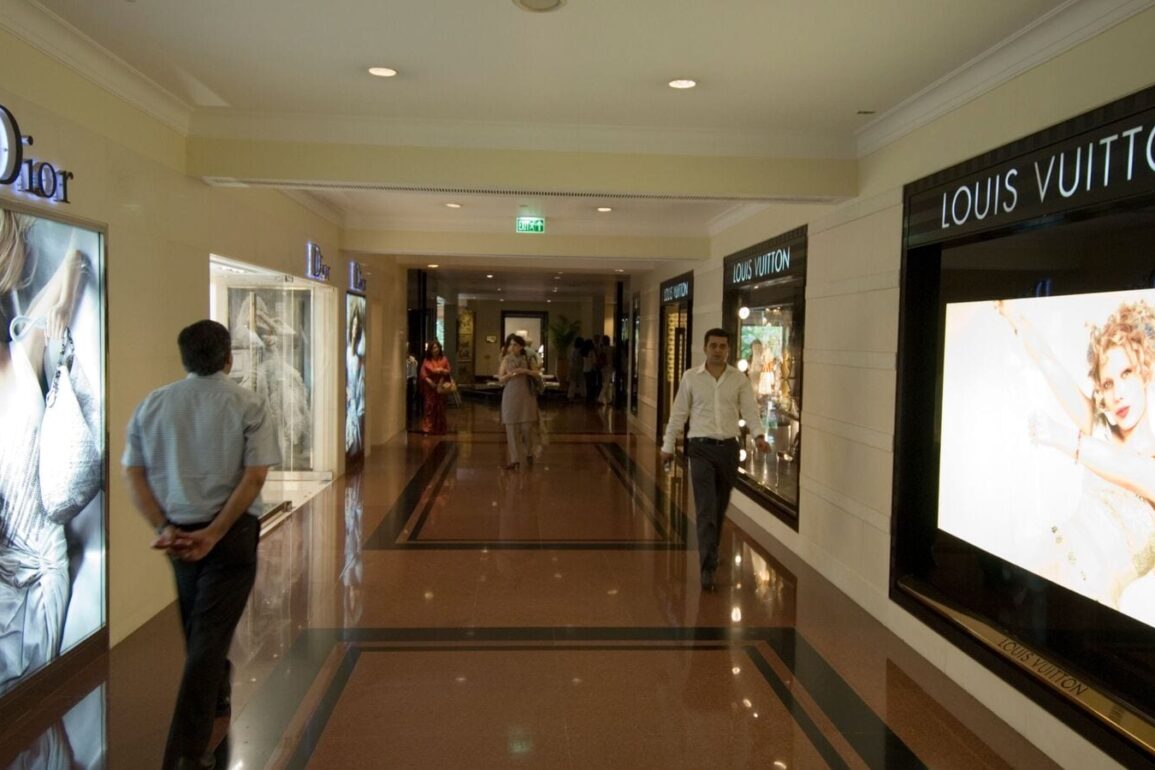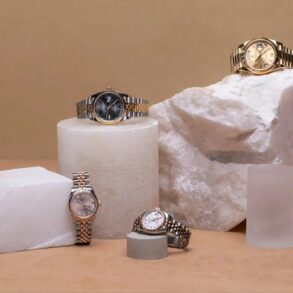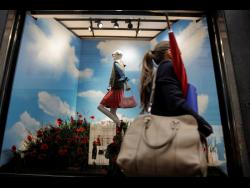
There was a time not so long ago when luxury handbags made the loudest status statement. If you wanted to claim that you have arrived, without really using words to that effect, one just bought a luxury handbag, the cost of which onlookers could only guess would go into a few lakhs.
Things have evolved now and the status statement that a luxury brand represents is not just a logo on a handbag, but it can be on a belt or a cap or even sunglasses.
When you cover yourself in brands, it costs a lot of money. Thus, the default statement you are making is, ‘I have a lot of money.’. But intuitively we also know that owning luxury brands has zero economic value; recently there was much media uproar over Christian Dior bags which cost $57 to make and were being sold upwards of $2800.
In Indian rupees that bag costs upwards of ₹2.3 lakh. What can you do with a bag worth more than ₹2 lakh, that you can’t with a bag worth ₹5000? Some will pull out the quality card, but if you consider that ₹2 lakh can educate at least 10 children in a government school for an entire year, the bag’s quality would have to be at least the bullet proof kind.
This column is not really about the moral values of owning luxury brands but rather that it’s become so commonplace to see young and old carrying Louis Vuitton handbags and wearing Gucci belts that one has to question whether the premium you pay to display status is really buying you the exclusivity you desire or is it too high a cost to bear?
Gender dynamics and disposable incomes
India’s middle-class population which is spending, albeit not as much as our government would like, is on every brand’s radar – luxury or otherwise. Our aggregate disposable income has grown roughly 2.5 times in the last decade (up to 2022) to reach ₹2.72 million. At the same time, according to SBI Research, household savings to GDP ratio has declined from around 24% in FY12 to 19.7% in FY22.
The government is not happy with consumption in the economy, which was apparent once again in the union budget speech on 23rd July, at the same time, sales of luxury handbags are increasing at roughly 7% a year.
Effects of endlessly social media scrolling, perception of being part of the affluent society that’s constantly moving up and double income families with no kids, are all contributors to this kind of luxury spending that goes way beyond the basics; alluding here to personalized hand bags with initials and people fitting in three different luxury brands into one attire.
Understanding the why
Buying apartments at ₹50,000-70,000 per square ft in Mumbai, sending your child for a ₹2 crore plus undergraduate program in the US or wearing a Burberry plain black, round neck t shirt worth ₹45,000 – these are all examples of spending choices that have little or no economic value. Yet these are choices that we are increasingly being nudged to make.
In personal finance, spending and saving are two opposite ends and yet large spends are more about emotion, sometimes completely lacking practical use. Think about it, when we talk about budgeting or saving, it’s usually the groceries and movie outings that get axed rather than the large sized, high-cost home loan or premium car.
Luxury brands also have a similar special appeal mostly thanks to the invisible vanity that they come with. Owning them makes one feel like you belong and you aren’t getting left behind in society. It’s the quintessential connection between money and self-worth. Spending on all the luxury has the power to make you feel good about yourself too, not just as a show to others but it can be a deeply satisfying experience for you personally too. You feel good, you feel rich and you feel elevated. One no longer has to buy a big car or a big house to display one’s earning capability; Armani jeans and Gucci bags will do just fine.
Not to burst your bubble, but cars and houses are assets which can be sold, the former even at a profit. Luxury apparel is perishable (who knows how many washes or outings it lasts) and seconds don’t fetch high prices. In trying to create our social and financial status in society, we drastically overestimate the impact of instant gratification thanks to an outright display of status and underestimate the capacity of our savings to compound into lasting wealth over time. Spending always happens at the cost of saving and like it or not, saving is essential to investing and compounding wealth.
Now what?
Unless you have an unlimited pot of money, what you spend today, takes away from your tomorrow. Hence, most of us must spend wisely. You will feel a lot more elevated and confident in life, when your savings are enough to fund that venture you always wanted to start or when you are able to afford a suitably sized apartment at a minimum or no loan with the help of your own savings.
The key is to strike a balance between luxury today, sustained comfort over many tomorrows, your future financial well-being, your self-worth and your display of status. It will be great to have it all, but in the real world one will come at the cost of the other.
Before you spend on the next luxury bag or belt, ask yourself what is the real cost of luxury and what balance are you breaking when you swipe that card? Plus, if everyone has one, is it luxury enough to add to your self-worth?
Lisa Pallavi Barbora is a financial coach and founder of moneypuzzle.in
Catch all the Instant Personal Loan, Business Loan, Business News, Money news, Breaking News Events and Latest News Updates on Live Mint. Download The Mint News App to get Daily Market Updates.
MoreLess
This post was originally published on this site be sure to check out more of their content.





